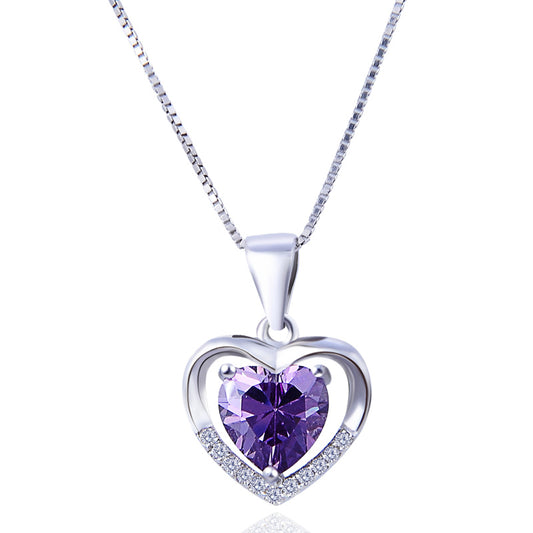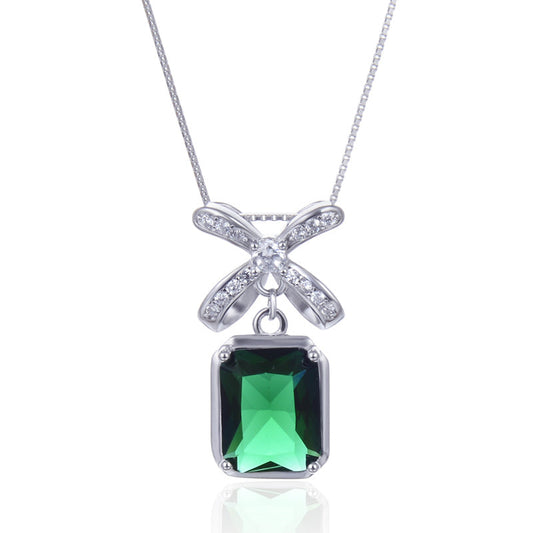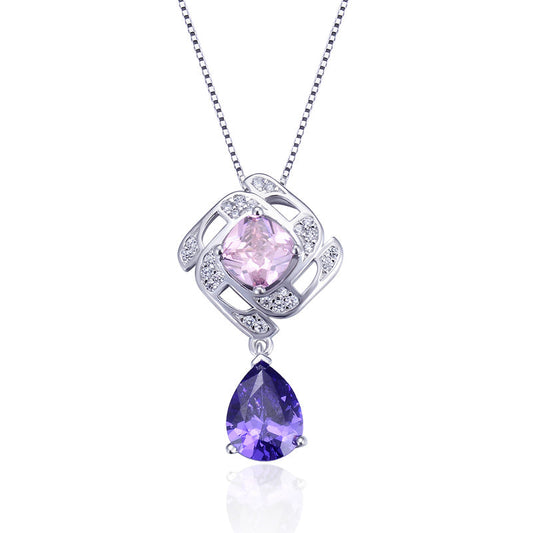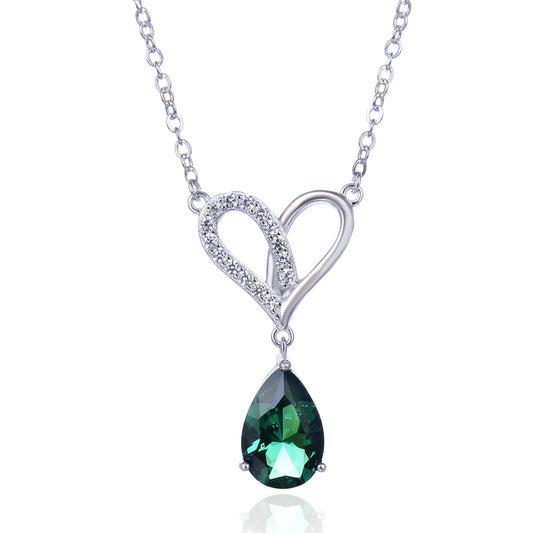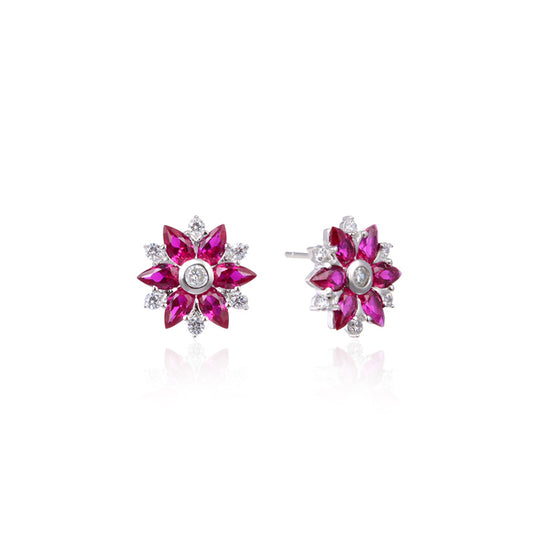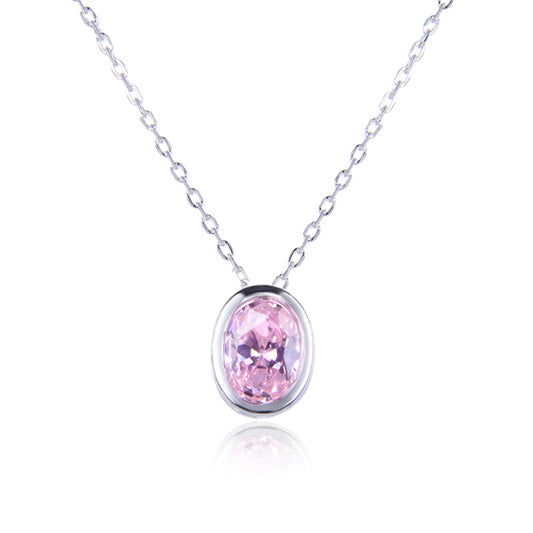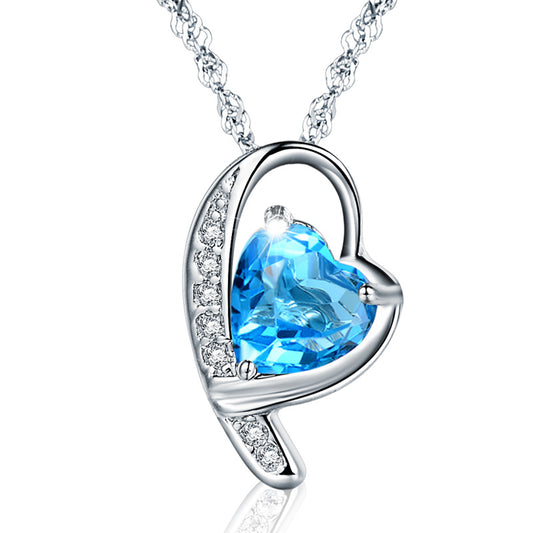In the vast landscape of human sexuality, there exists a myriad of experiences and phenomena that captivate our curiosity. One such intriguing aspect is squirting, a term that has garnered significant attention, particularly among online communities. This article delves into the depths of squirting, aiming to provide a comprehensive understanding for those seeking knowledge on this topic. Get ready to embark on an enlightening journey, where science meets sensuality! 🚀
What is Squirting? 💦
Squirting, a term coined in recent years, refers to a specific sexual response where a female ejaculates a significant amount of fluid during sexual arousal or orgasm. It's important to note that this is distinct from urination or typical vaginal lubrication. The term itself is playful, often used colloquially to describe an experience that can be surprising, exhilarating, and sometimes even confusing for those who experience it.
The Science Behind Squirting 🔬
To truly grasp the concept of squirting, it's essential to understand the anatomical and physiological factors at play.
Female Ejaculation: A Closer Look 🔍
Female ejaculation has been a subject of debate and research for decades. While some studies suggest that the fluid released during squirting originates from the Skene's glands (also known as the female prostate), others argue it's a mix of vaginal lubrication and fluids from the urethra. These glands are located near the urethra and are believed to produce a milky, alkaline fluid that is ejaculated during intense sexual stimulation.
-
Skene's Glands: These are small, pea-sized glands that are structurally similar to the male prostate. They are thought to be the primary source of the ejaculate in women who experience squirting.
-
Urethral Expulsion: Some researchers propose that the fluid released during squirting might also include urine, albeit in a highly diluted form, due to the close proximity of the urethra to the Skene's glands.
The Role of Sexual Arousal 💖
Sexual arousal plays a crucial role in squirting. When a woman becomes sexually stimulated, her body undergoes various physiological changes, including increased blood flow to the genital area, vaginal lubrication, and, in some cases, the production of fluid by the Skene's glands. The intensity of stimulation required to trigger squirting varies from person to person, with some women experiencing it regularly while others may never experience it at all.
Debunking Myths and Misconceptions 🚫
Despite the growing awareness surrounding squirting, several myths and misconceptions persist. Let's address some of the most common ones:
-
Myth: Squirting is the Same as Urination 🚽
- Fact: While there may be a small component of urine in the fluid released during squirting, it is primarily composed of fluids from the Skene's glands and vaginal lubrication.
-
Myth: Only a Select Few Women Can Squirt 💃
- Fact: The ability to squirt is not limited to a select group of women. It is a physiological response that can vary widely among individuals, influenced by factors such as anatomy, arousal levels, and sexual techniques.
-
Myth: Squirting is a Sign of Sexual Satisfaction 😍
- Fact: While squirting can indeed be a pleasurable experience for some women, it is not a definitive indicator of sexual satisfaction. Sexual satisfaction is subjective and can be achieved without squirting.
How to Achieve Squirting 💦
For those interested in exploring squirting, here are some tips that might help:
1. Relax and Communicate 💬
- Relaxation: Stress and anxiety can be major barriers to achieving squirting. Creating a comfortable, safe environment is crucial.
- Communication: Open communication with your partner about your desires, boundaries, and preferences can enhance the experience.
2. Experiment with Stimulation 💆♀️
- G-Spot Stimulation: The G-spot, located a few inches inside the vagina on the anterior wall, is believed to be closely linked to the Skene's glands. Gentle, firm pressure or stimulation of this area during sexual activity may increase the likelihood of squirting.
- Use of Toys: Sex toys, particularly those designed for G-spot stimulation, can be helpful in exploring and achieving squirting.
3. Practice and Patience 🕰️
- Practice: Like any other sexual skill, achieving squirting may take time and practice. Don't be discouraged if it doesn't happen immediately.
- Patience: Every woman's body is unique, and the journey to squirting will vary. Be patient with yourself and your partner.
The Importance of Consent and Safety 🛡️
Before engaging in any sexual activity aimed at achieving squirting, it's vital to ensure that all parties involved have given explicit consent. This includes discussing desires, boundaries, and any potential concerns. Safety should always be a priority, whether you're exploring squirting solo or with a partner.
Squirting in Popular Culture 🎥
The rise of social media and adult entertainment platforms has contributed to the visibility of squirting in popular culture. While these platforms can be a source of education and exploration, it's important to approach them with caution. Not all representations are accurate, and some may perpetuate myths or unrealistic expectations.
FAQs About Squirting 💭
Q: Is squirting messy?
A: The amount of fluid released during squirting can vary, ranging from a few drops to a more significant release. While it may be messy for some, it's a natural bodily function that can be managed with proper preparation.
Q: Can squirting be painful?
A: For most women, squirting is a pleasurable experience. However, if discomfort or pain is felt, it's important to stop and assess the situation. Discomfort could be a sign of an underlying issue or the result of improper stimulation.
Q: Can all women squirt?
A: While many women have the potential to squirt, it's not a universal experience. Factors such as anatomy, arousal levels, and sexual techniques can influence the ability to squirt.
Conclusion 🎉
Squirting is a fascinating aspect of human sexuality that continues to intrigue and captivate many. By understanding the science behind it, debunking myths, and approaching the topic with an open mind, we can foster a more informed and inclusive dialogue around sexual experiences. Remember, sexual exploration should always be consensual, safe, and enjoyable for all parties involved.
As you embark on your own journey of discovery, whether personally or through shared conversations, keep an open mind and a heart full of curiosity. Sexuality is a beautiful tapestry woven with individual threads of experience, and squirting is just one of the many vibrant colors that make it so diverse and intriguing. 🌈
#SquirtingExploration #SexualHealth #FemaleEjaculation #SexualSatisfaction #ConsentMatters


